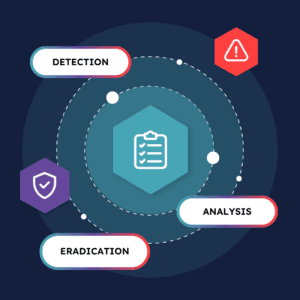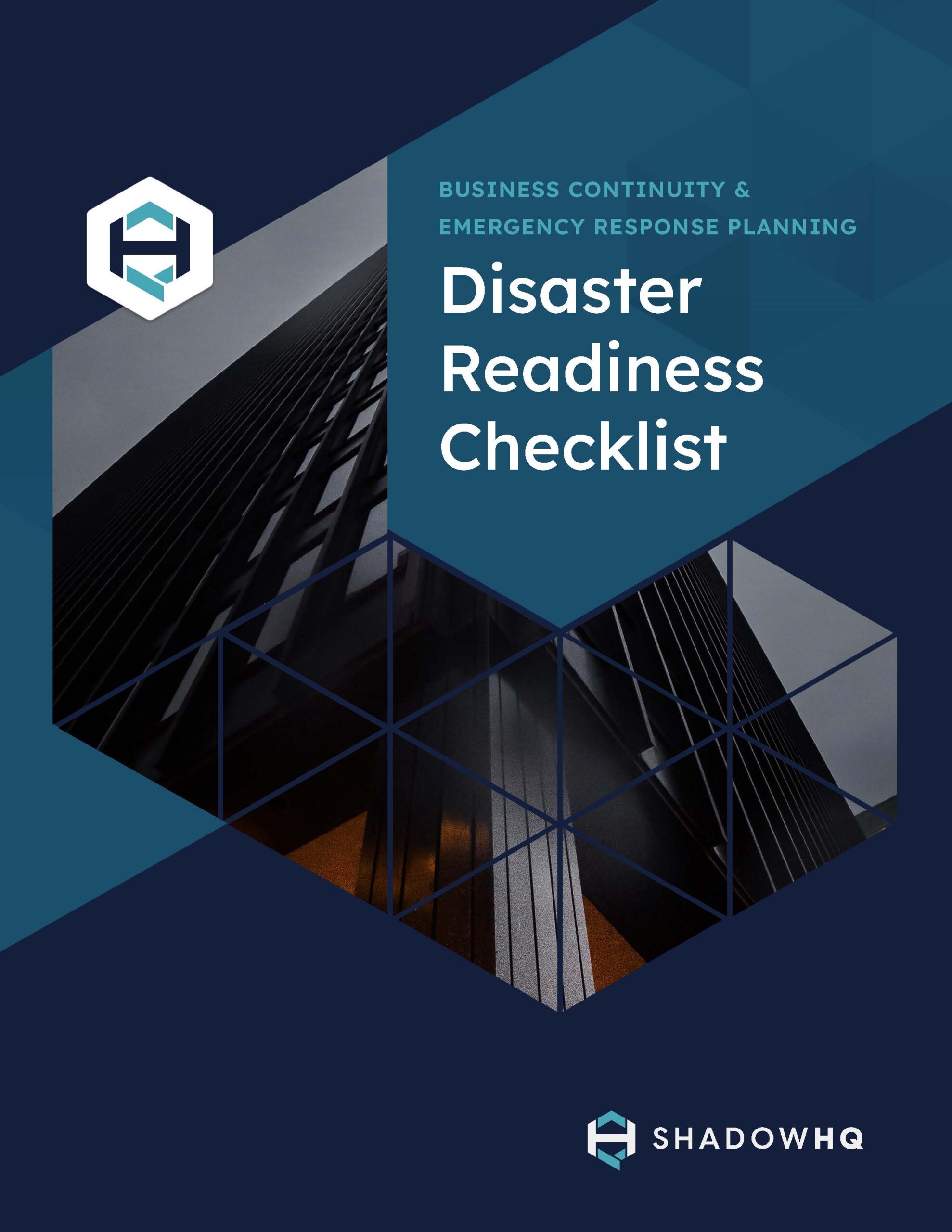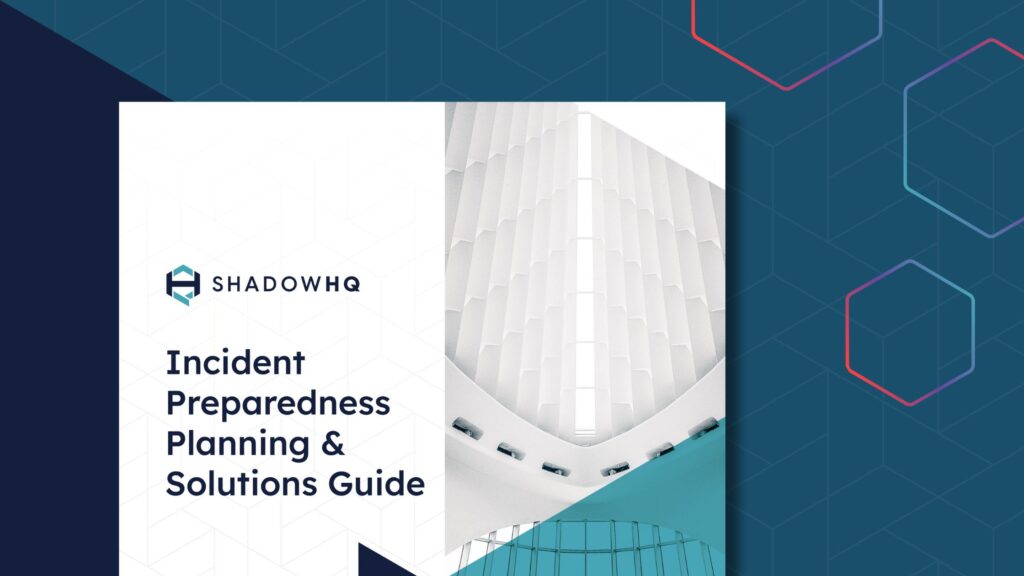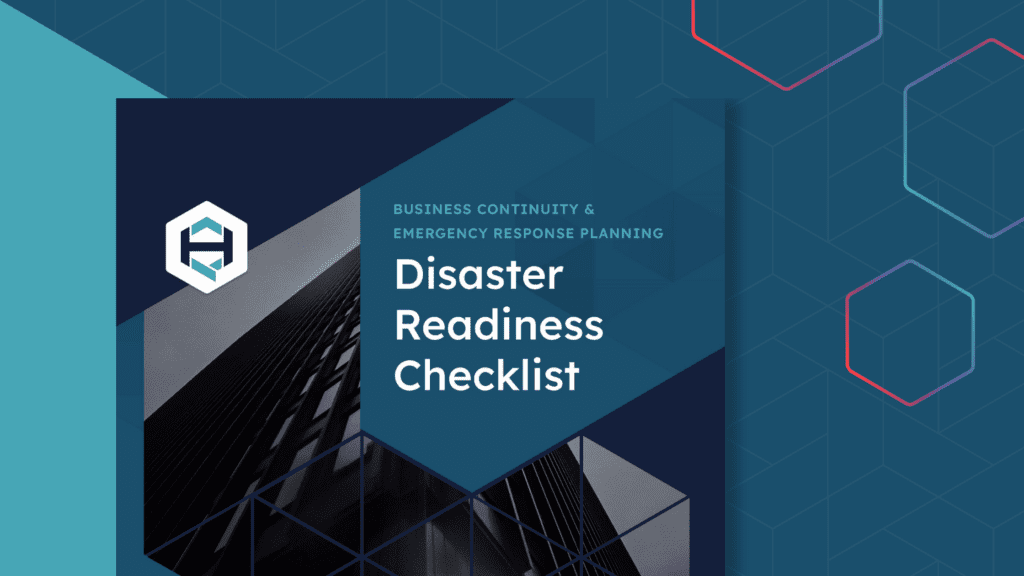What Should Your Incident Response Playbooks Look Like?

Incident response playbooks have become critical for any industry as we face an evolving risk landscape. Incident response plans guide so that response teams don’t need to decide every step during an active incident.
Your incident response playbook should contain blueprints for responding to a wide range of scenarios, focusing on risks that impact operations most. These playbooks should also lay out overarching protocols that apply to most scenarios, like when to involve the compliance team, contact legal, and communicate if primary methods are down.
Is your playbook effective at helping teams quickly respond to incidents? Let’s dive into what an incident response playbook is for, what it should look like, and how to build or refine your current practices.
What is an Incident Response Playbook?
An incident response playbook contains a series of pre-written response plans for specific scenarios, offering response guidance. Having these plans ready to go saves teams from coming up with solutions on the fly. Typically, these plans allow teams to apply them to similar scenarios, as every specific incident has unique factors.
An incident response playbook also contains high-level protocols that apply to most scenarios. For example, there’s no need to create new communication protocols for each scenario, as overarching policies like call trees or out-of-band communications are widely applicable.
Ultimately, an incident response playbook aims to give teams a blueprint to follow during an incident so they can avoid starting from scratch. Teams will most likely still need to do some problem-solving during an active incident, but the playbook gives them the blueprint on which to build.
Why is a Playbook Necessary?
An incident response playbook guides teams through the different phases of responding to an incident by providing scenario-specific guidance. The overall phases of an effective incident response plan are:
- Detection and analysis
- Containment
- Eradication
- Recovery
- Post-incident review
Coming up with the best approach to an active incident on the fly will likely extend the damage and put even more pressure on response teams. Instead, playbooks focus teams on the above phases, specific steps, and protocols.
How to Build an Effective Incident Response Playbook
Creating an effective incident response playbook may take some time and involve new investments, but a prepared plan helps minimize the impact of an incident. So, how do you build an effective response playbook that prepares teams to respond to active incidents quickly?
We’ll break down some key best practices for developing an incident response playbook that effectively helps teams respond to various scenarios.
Identify and Prioritize Incidents
Conducting a comprehensive risk assessment sheds light on costly threats to your business that may enable an impactful incident. Implementing mitigation strategies is the first defense, but should those fail, an incident response playbook helps you minimize their impact.
Once complete, you’ll be aware of likely incidents facing your organization. From there, a Business Impact Analysis (BIA) estimates the possible impact of an incident.
Both of these processes can take some time and are beyond the scope of this article, but the end goal is to identify costly incidents facing the company and prioritize them based on impact. Then, you can use the prioritized list to start crafting incident response plans and overall protocols, building out your playbook.

Predesignate Roles and Responsibilities
Several possible roles need to be filled depending on the incident. Defining and assigning these roles during the planning phase allows specific individuals to step into them quickly, enabling a cohesive response. A few of the commonly required roles are:
- Incident manager: An incident manager has the most authority and responsibility during an incident. They can take any necessary action during an incident to contain and resolve the given scenario.
- Tech lead: For incidents, a tech lead is an early technical responder who begins reviewing established response plans and evaluating the specific incident, such as its current impact and how to contain it.
- Communications manager: While not related to how response teams communicate, this specialized manager is crucial for most incidents. A communications manager often has public relations expertise and runs point on communicating with stakeholders, the public, and legal teams.
Create Post-Incident Review Processes
The incidents your organizations may need to respond to will change over time, so your response plans should change, too. One way to keep responses evolving is to have a post-incident review process after an incident is resolved and services are restored.
Invite management, stakeholders, and response teams to participate in the post-incident review process to evaluate what went well and what could’ve gone better. You’ll discover areas for improvement based on these perspectives, improving your plans for the next time they’re needed.
Of course, it’s also wise to conduct quarterly or annual reviews of response plans and evaluate if any changes in the risk landscape may call for refining response plans.
What Does Your Incident Response Playbook Look Like?
Incident response playbooks give response teams a blueprint to follow when an incident occurs. Each plan should provide high-level guidance to allow teams to focus problem-solving on the incident’s granular, unique details.
Additionally, playbooks should establish overarching protocols that apply to most scenarios, like when to include legal teams and how to communicate if primary infrastructure goes down. ShadowHQ offers secure, reliable out-of-band communications so teams can collaborate in any crisis. With our built-in playbook manager, you can centralize your playbooks, automate response actions, and maintain compliance while improving response times by ensuring your playbooks are accurate and accessible by your teams during a crisis.
Is your incident response playbook ready to guide your teams through a wide range of scenarios, or could it use work? Our disaster readiness checklist will help you gauge your current playbook and find ways to enhance it.
EWEBINAR
Experience the ShadowHQ platform
Walk through a cyber breach scenario in a 15 minute demo.

GUIDE DOWNLOAD
Disaster Readiness Checklist
When an emergency happens, every minute counts.


